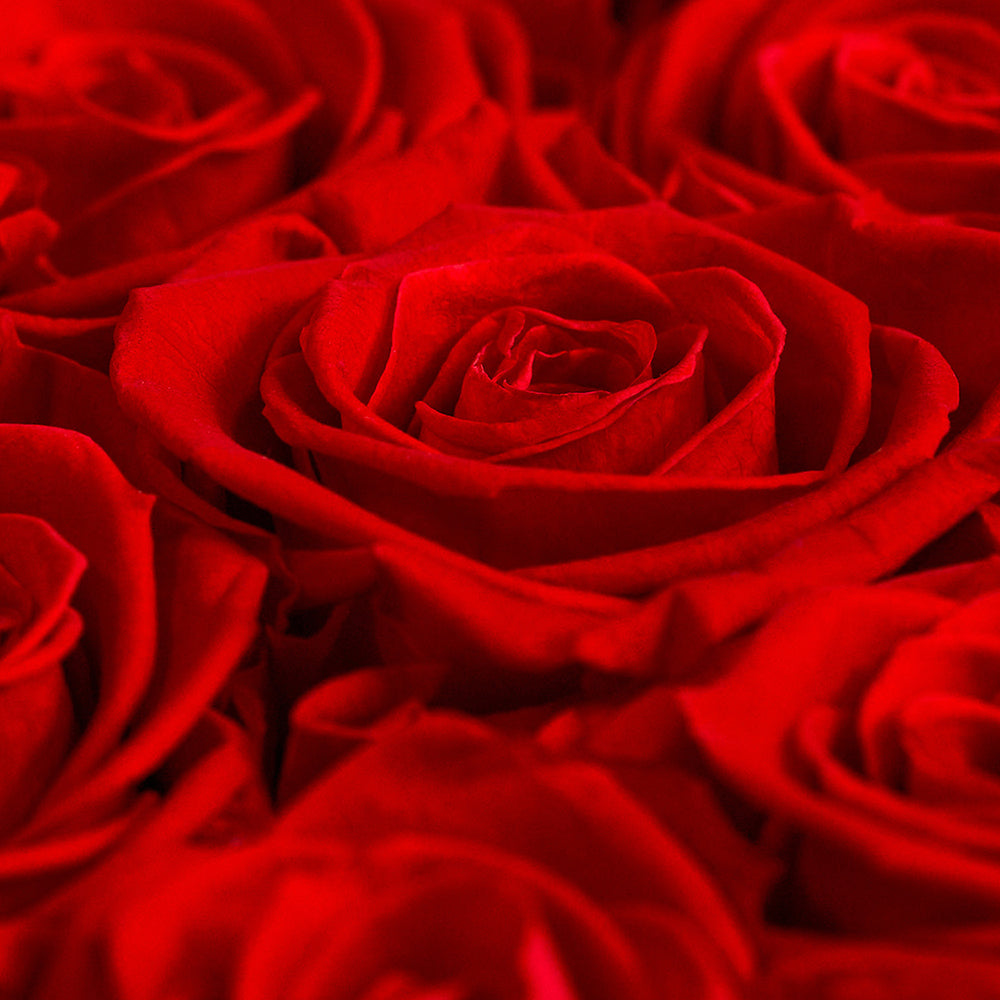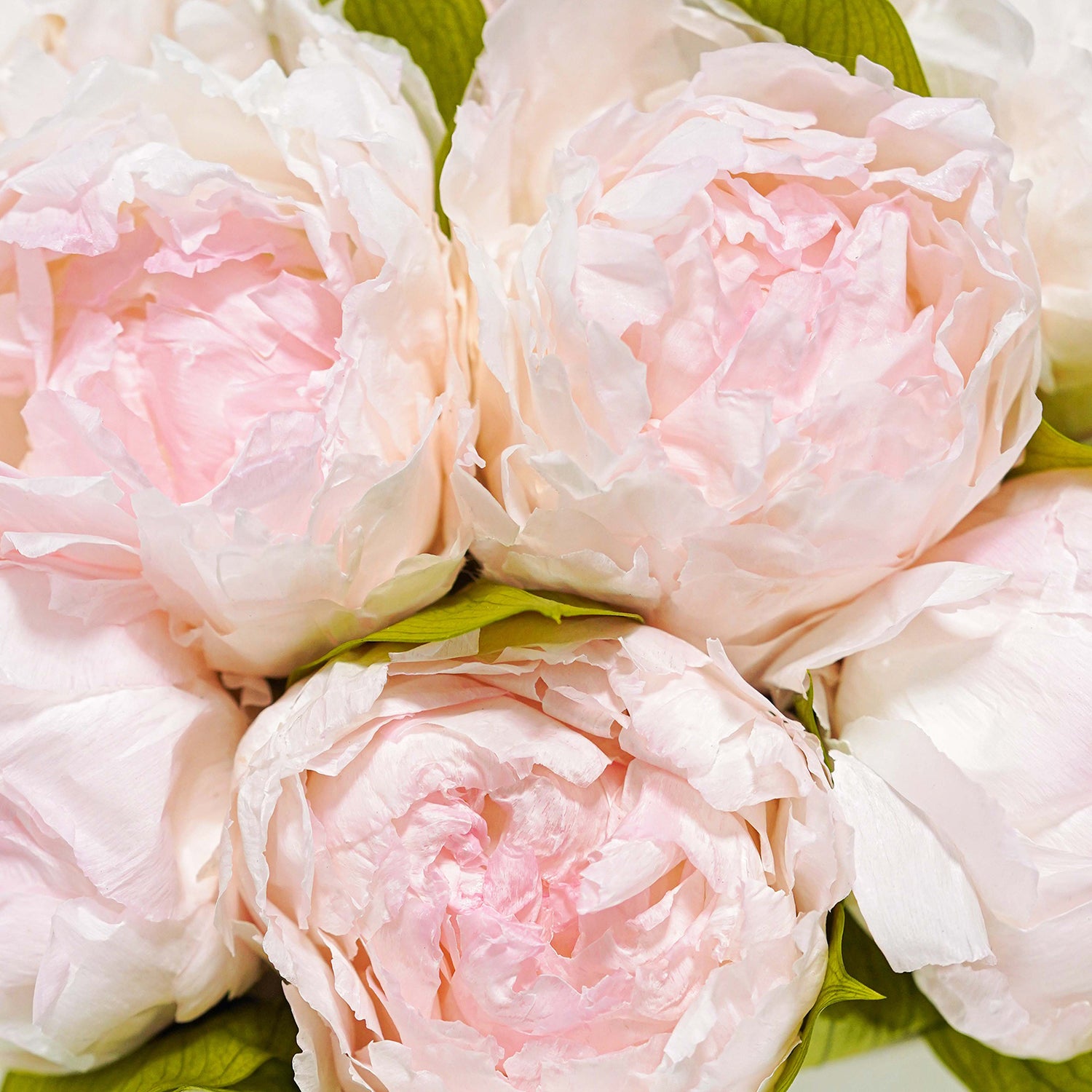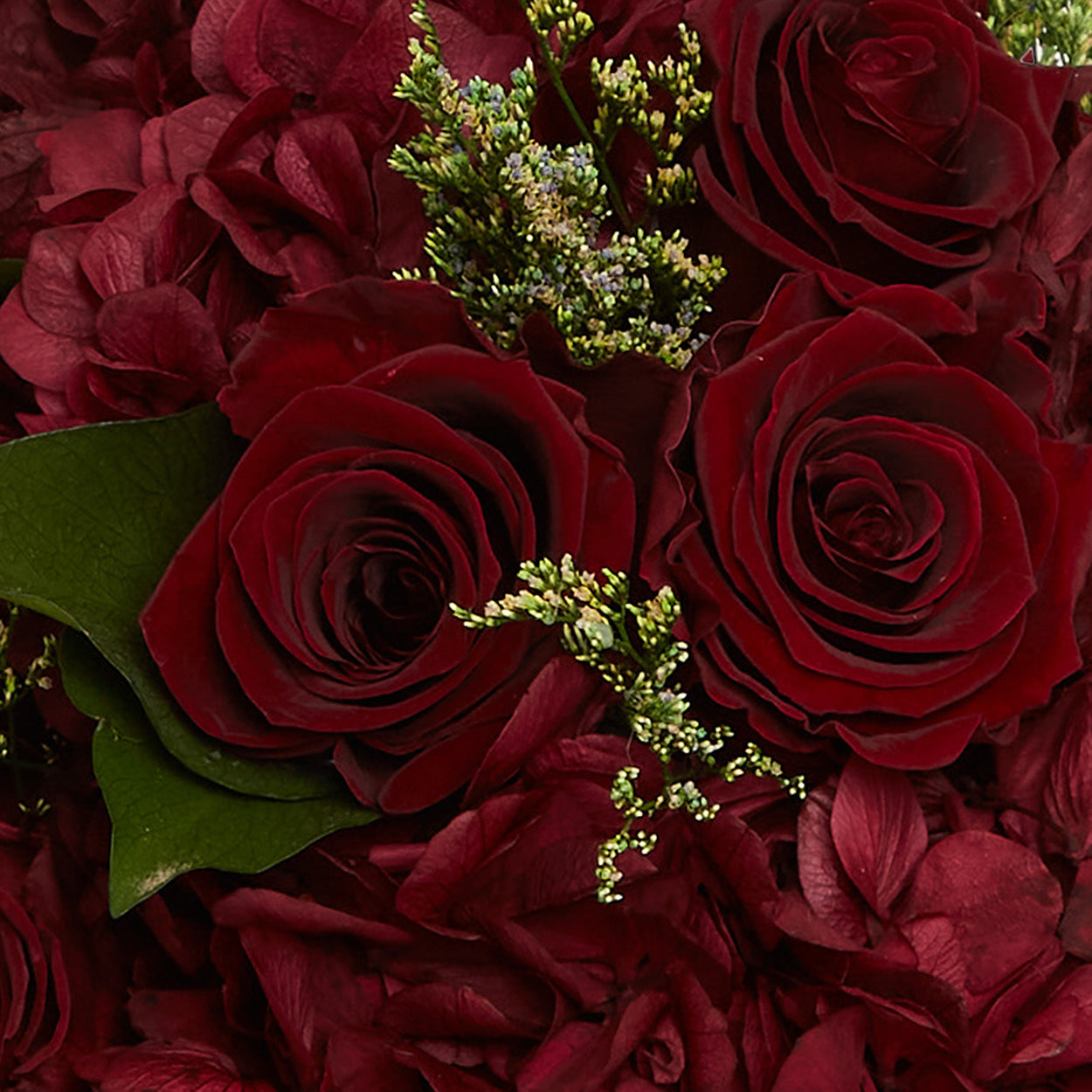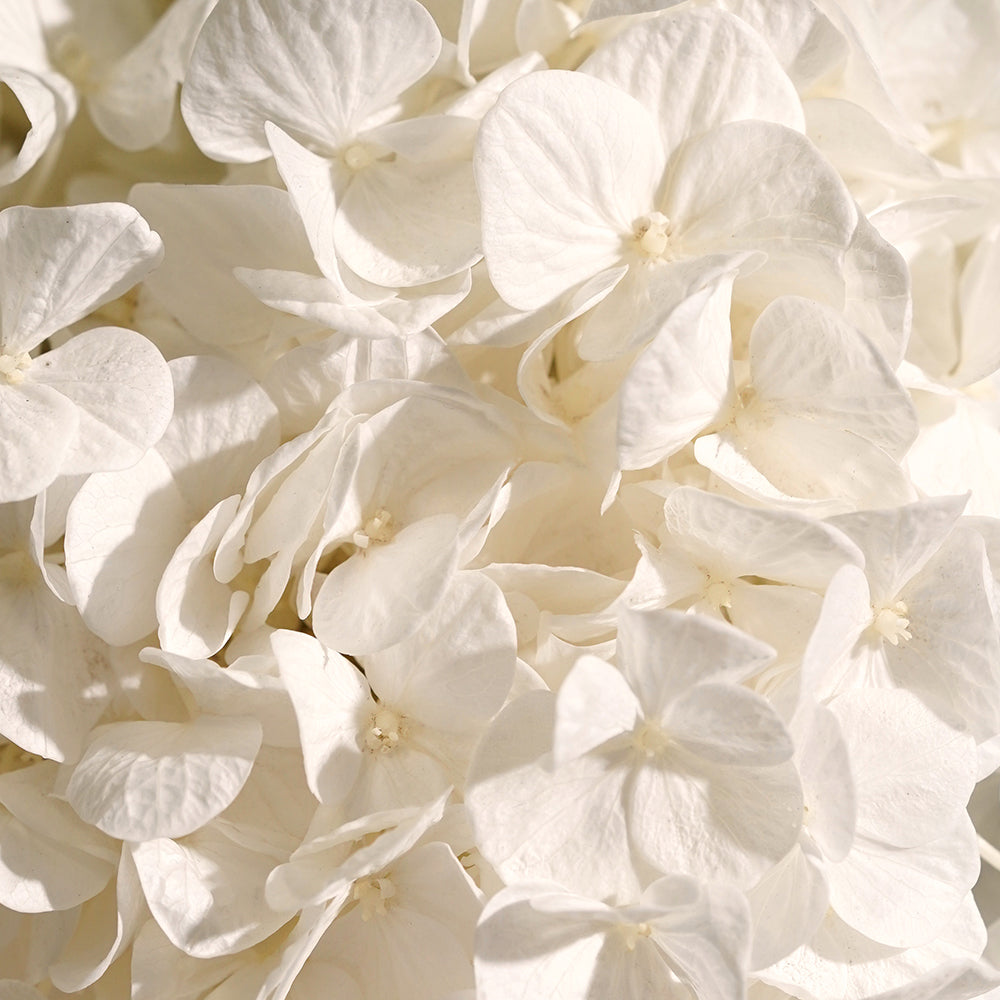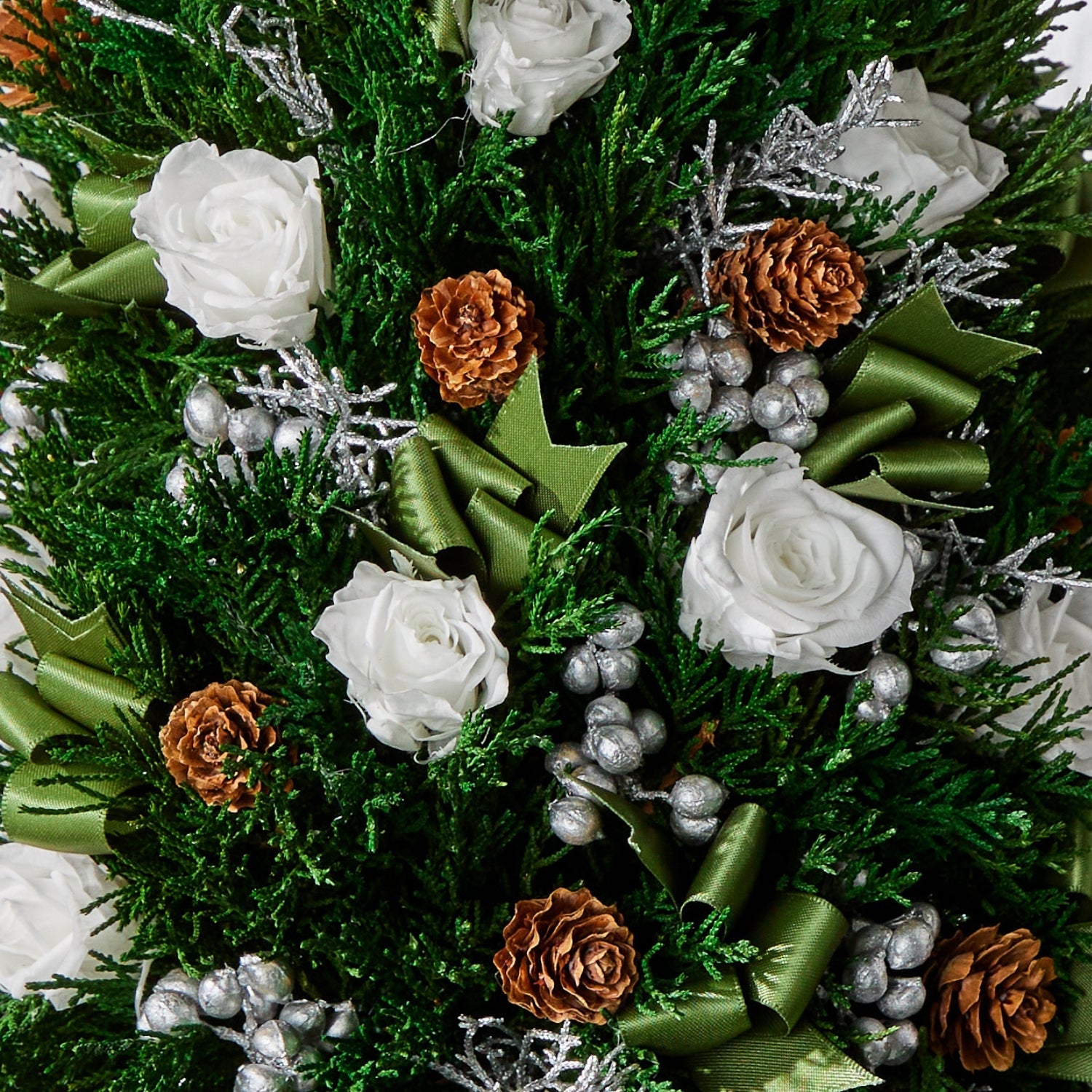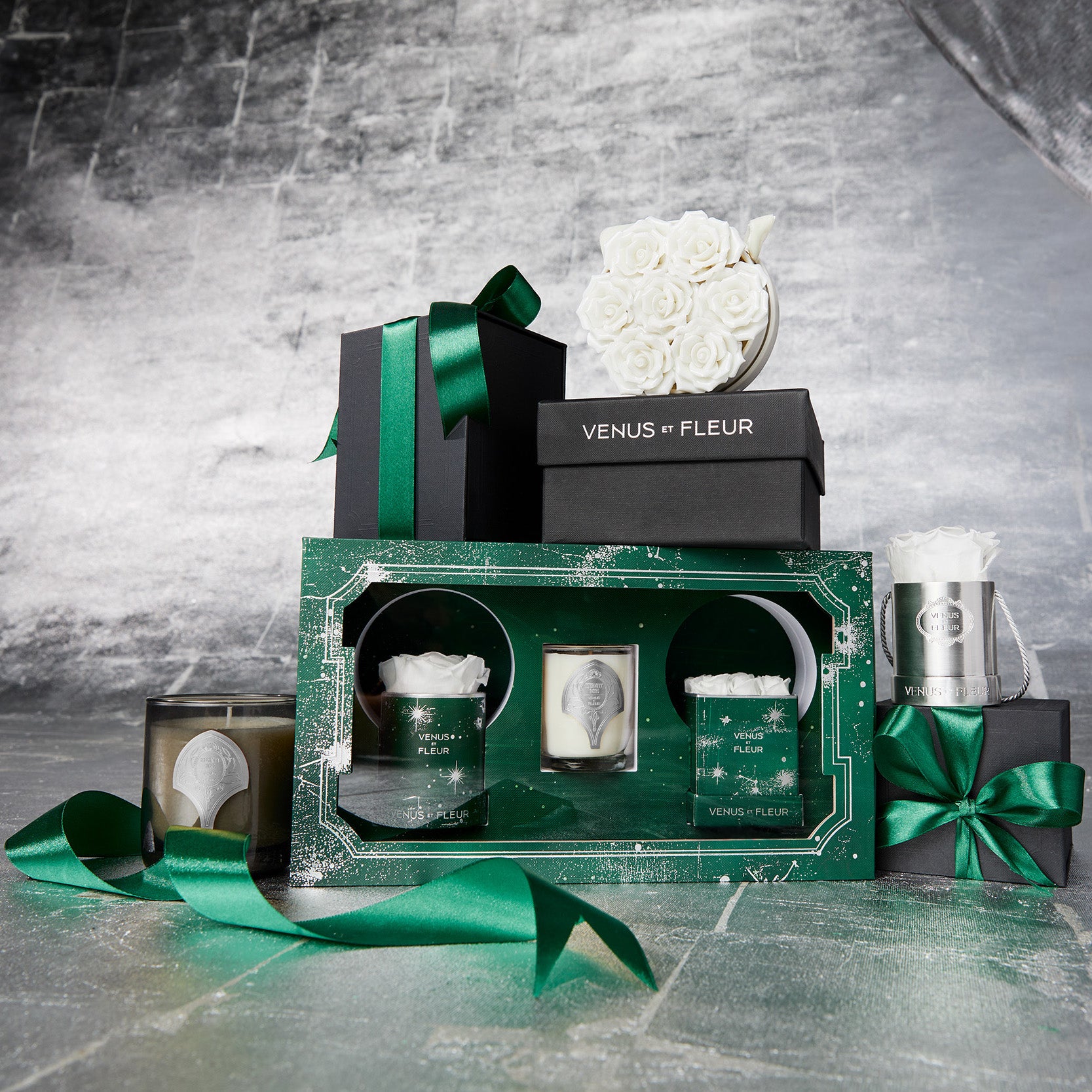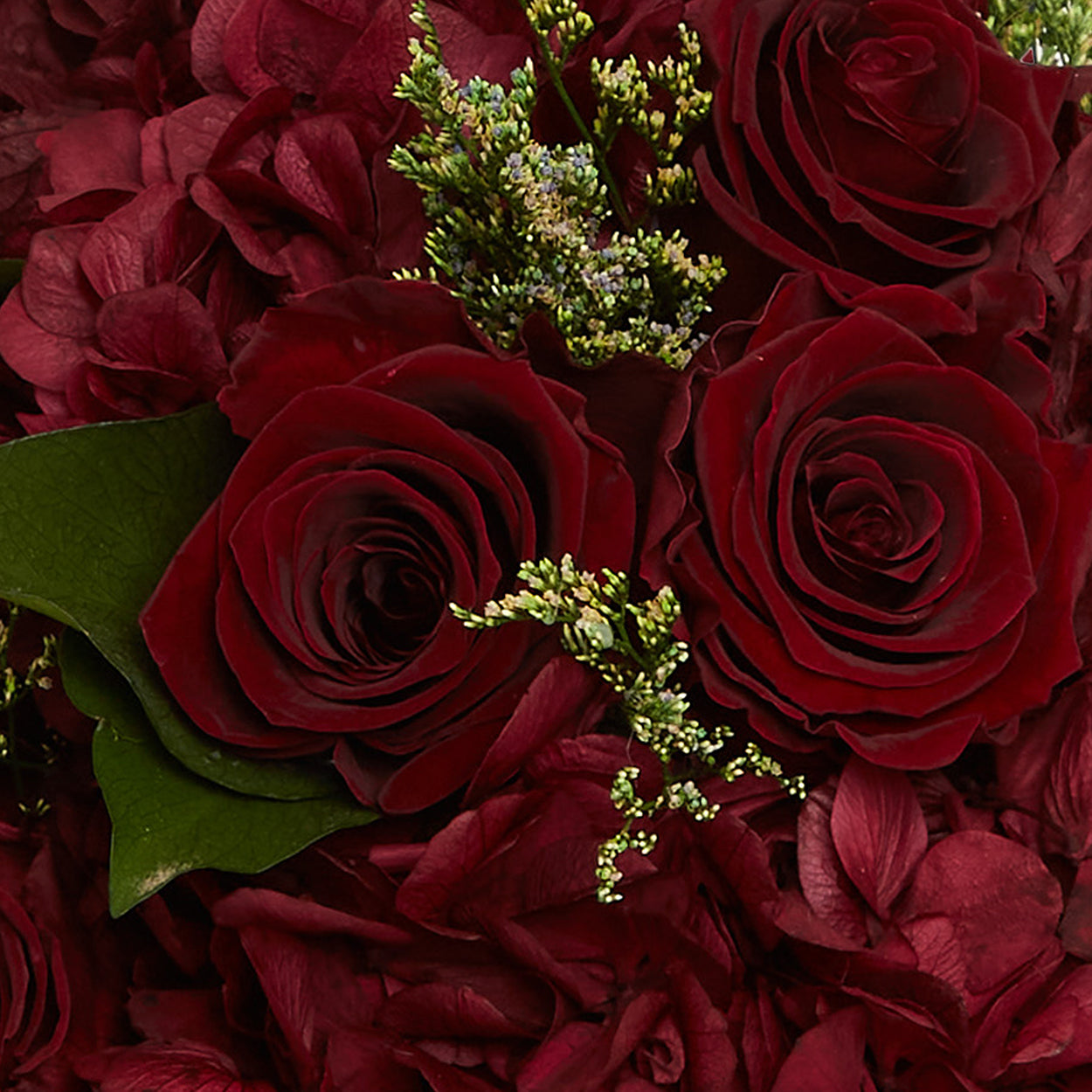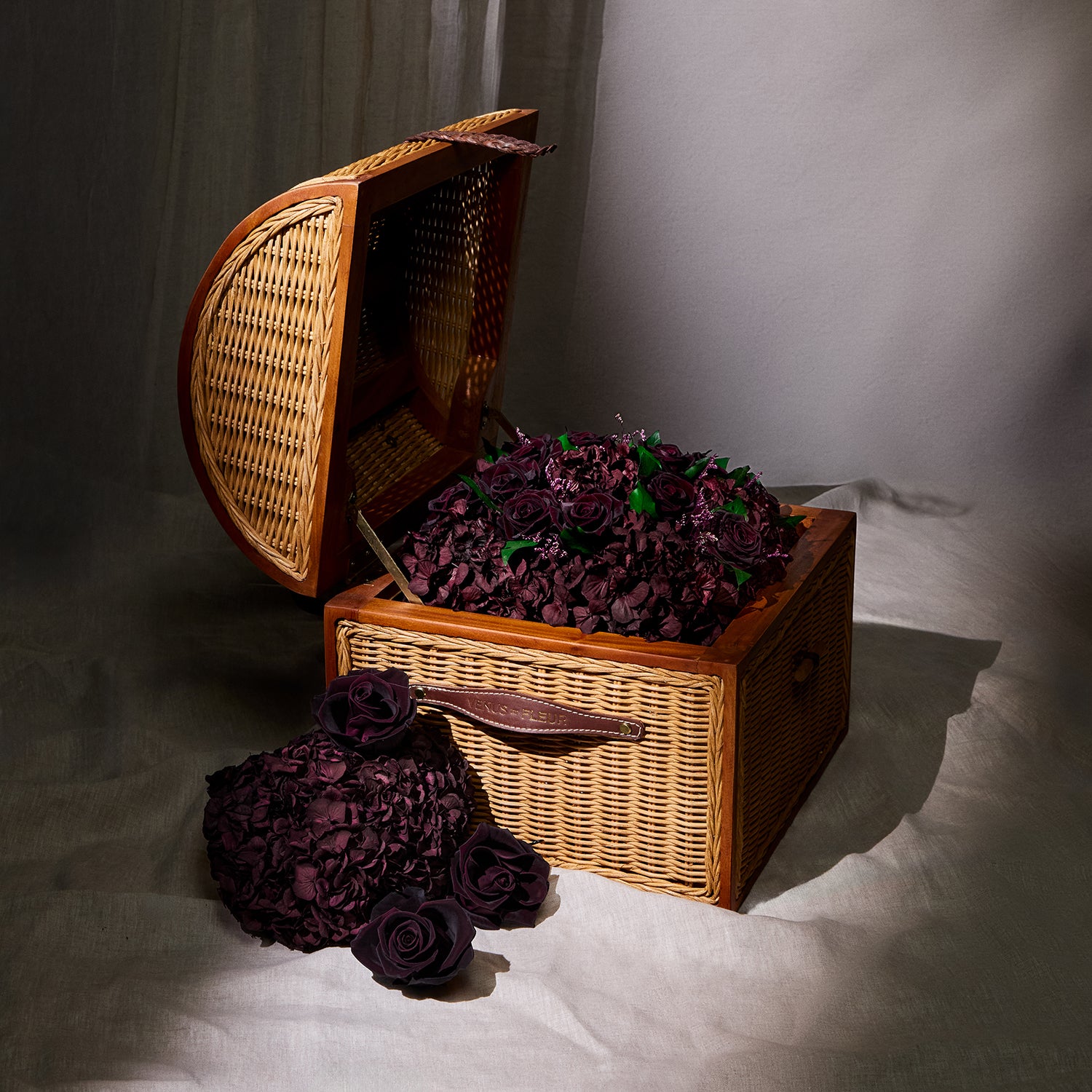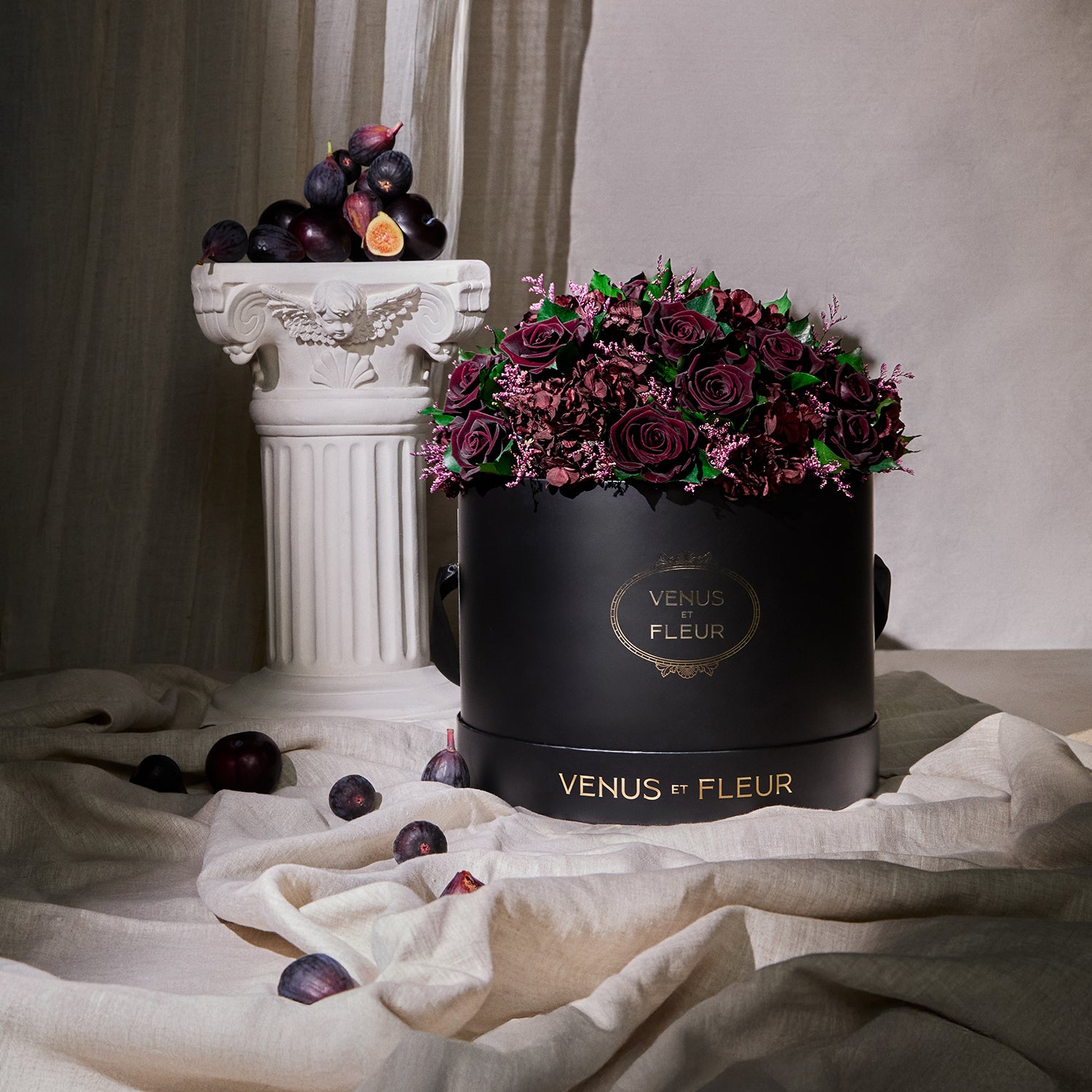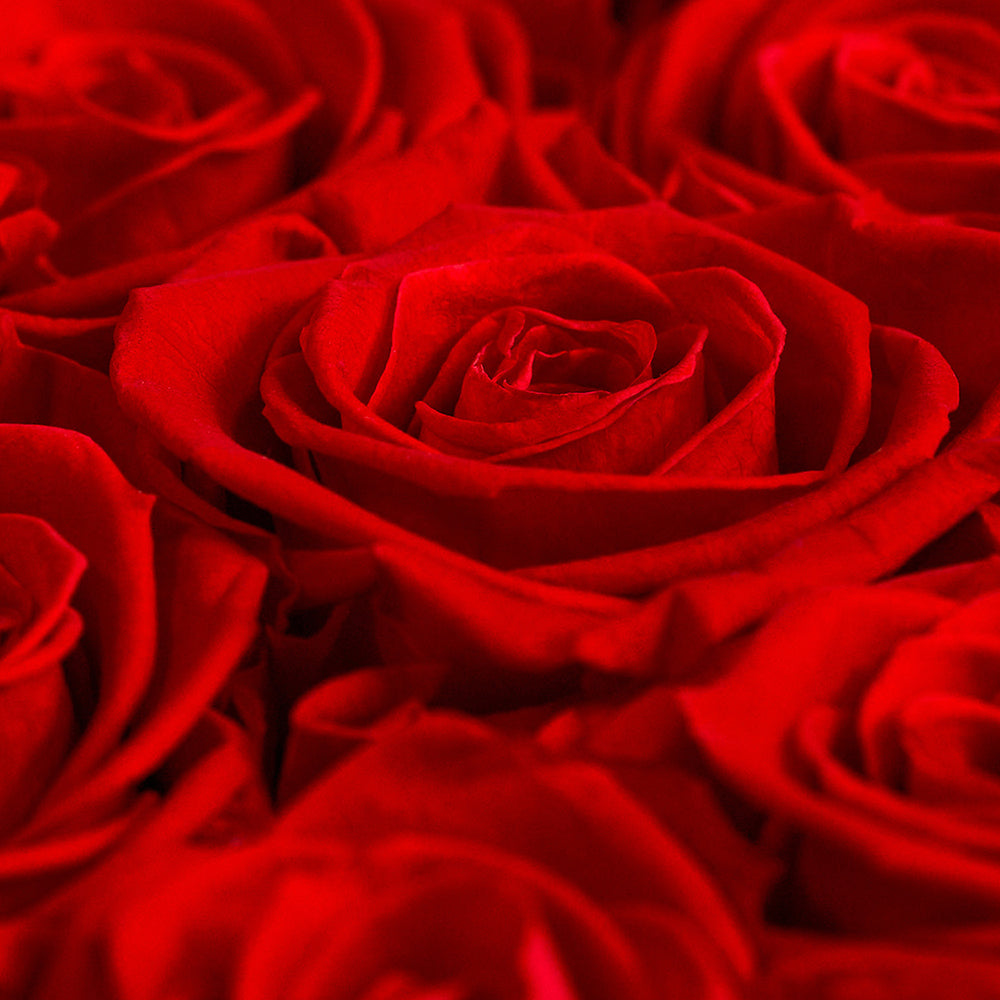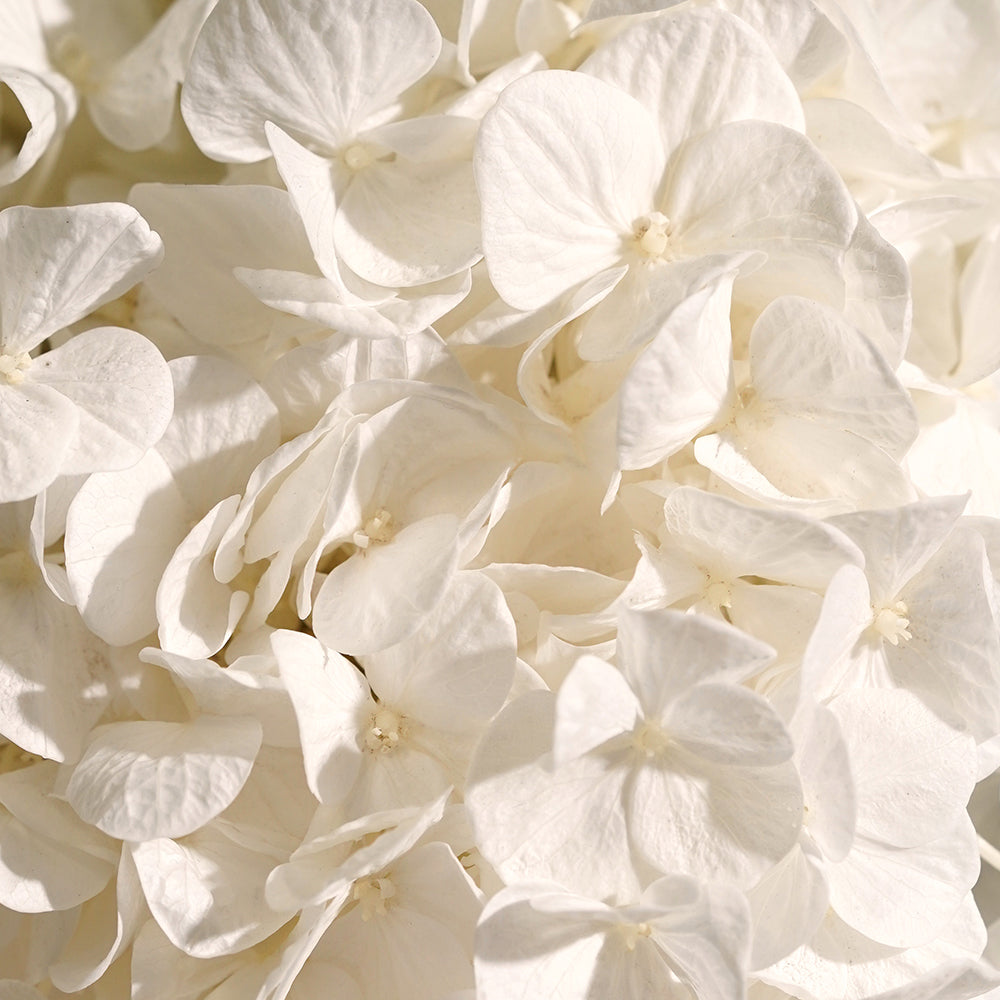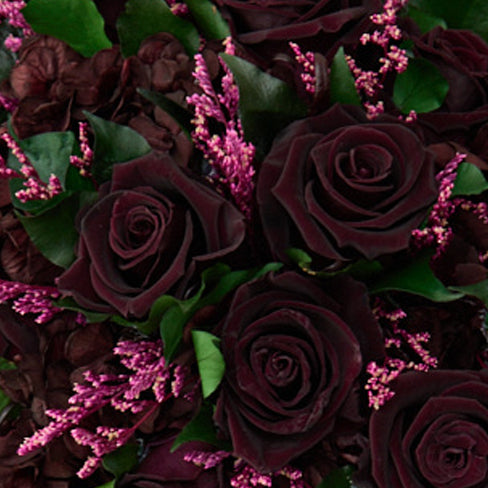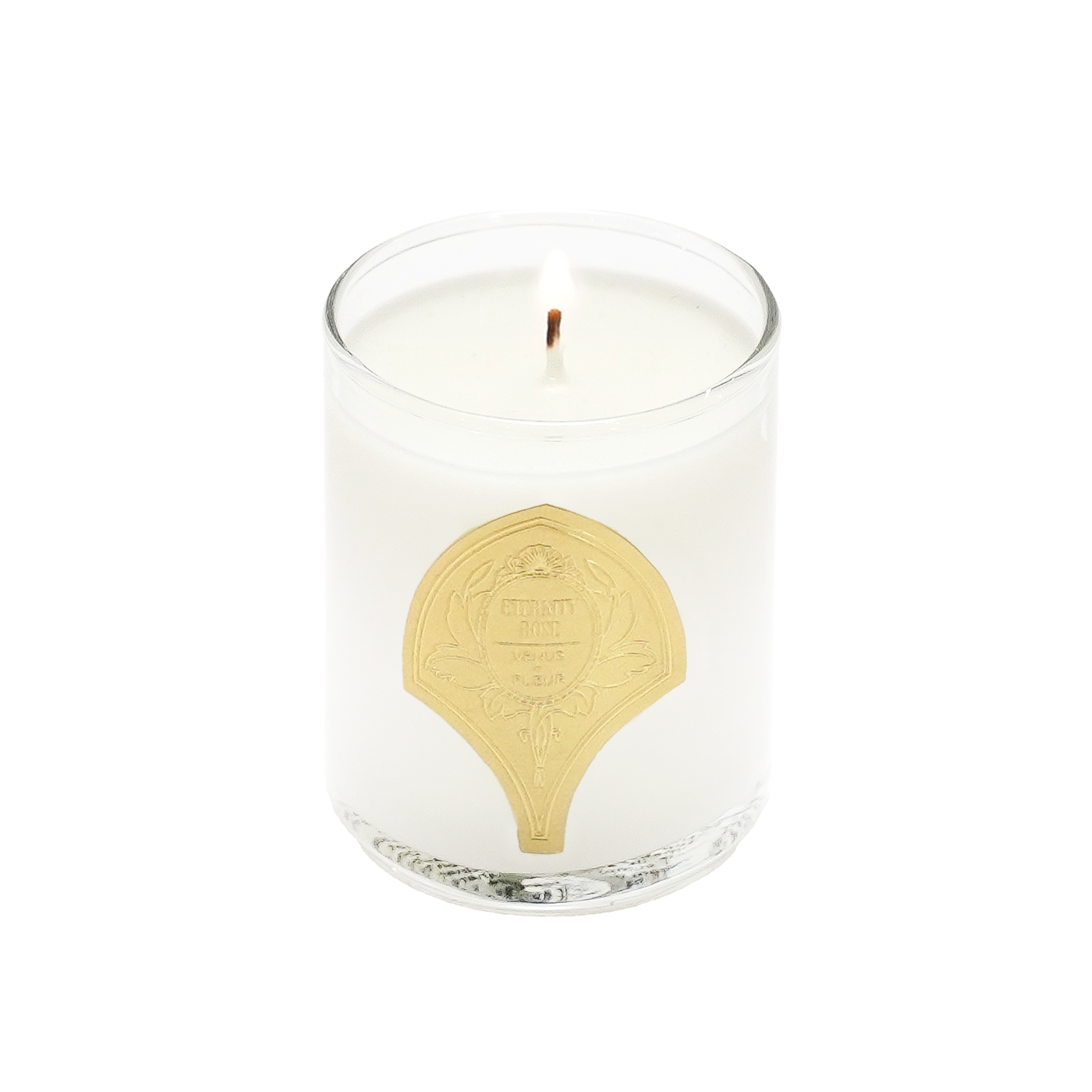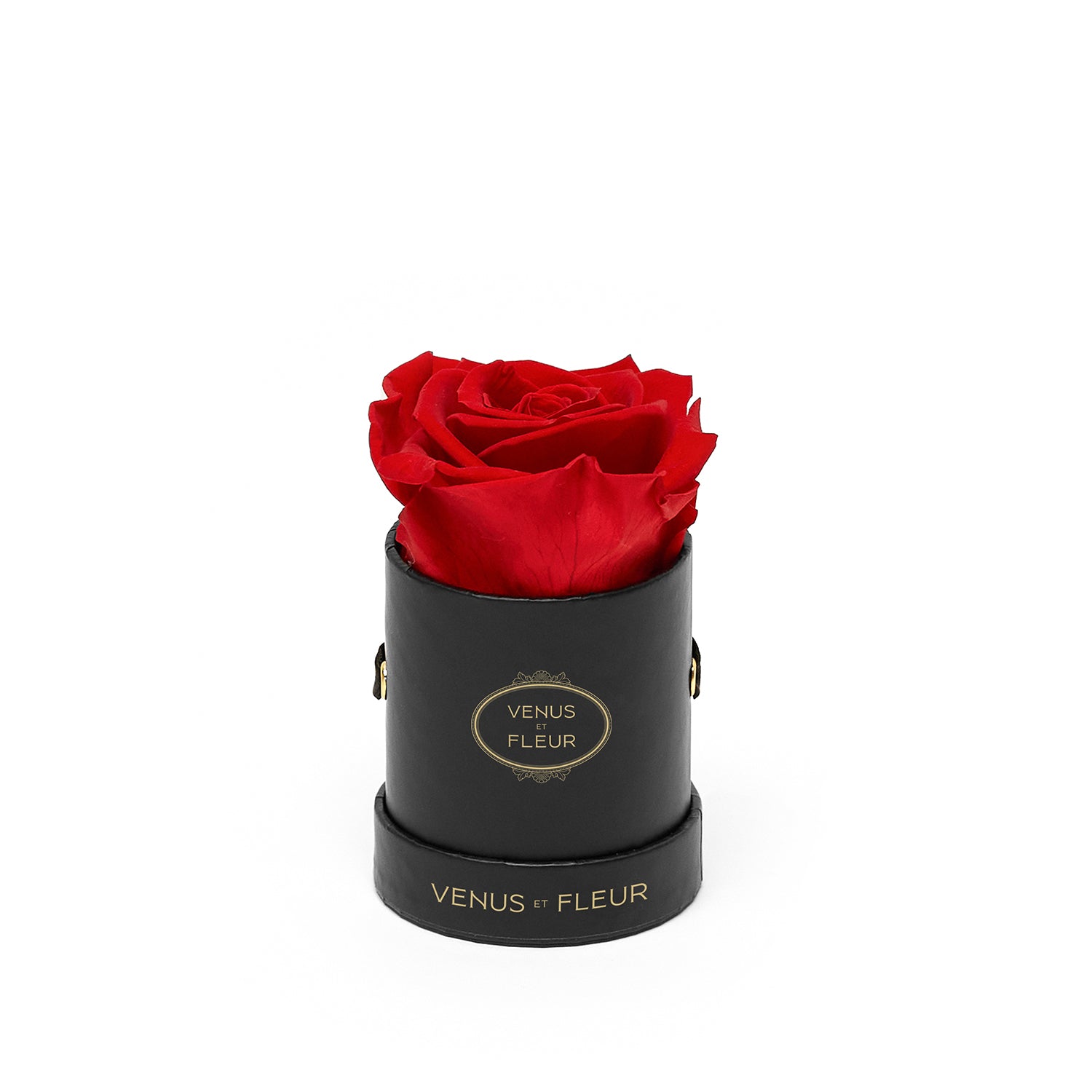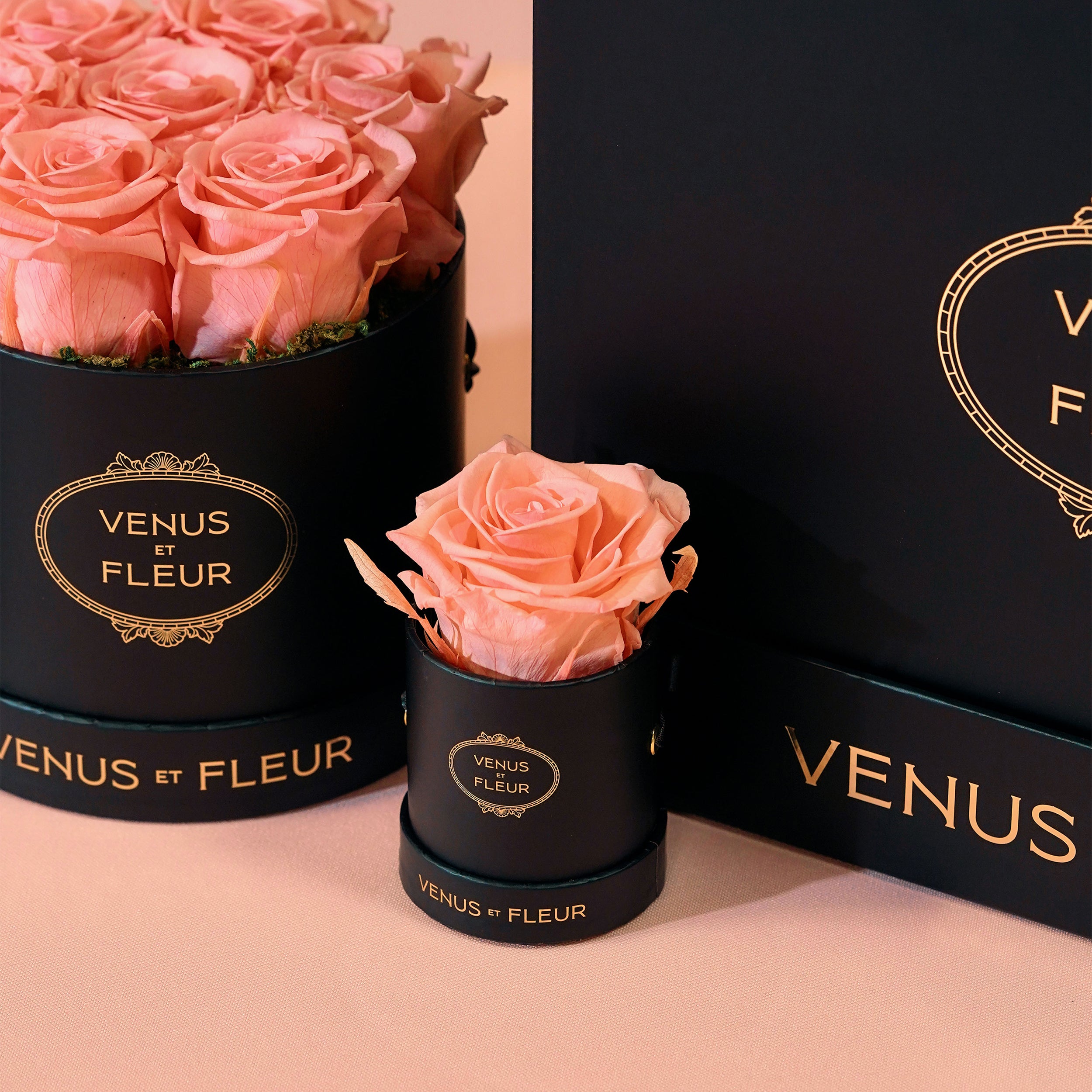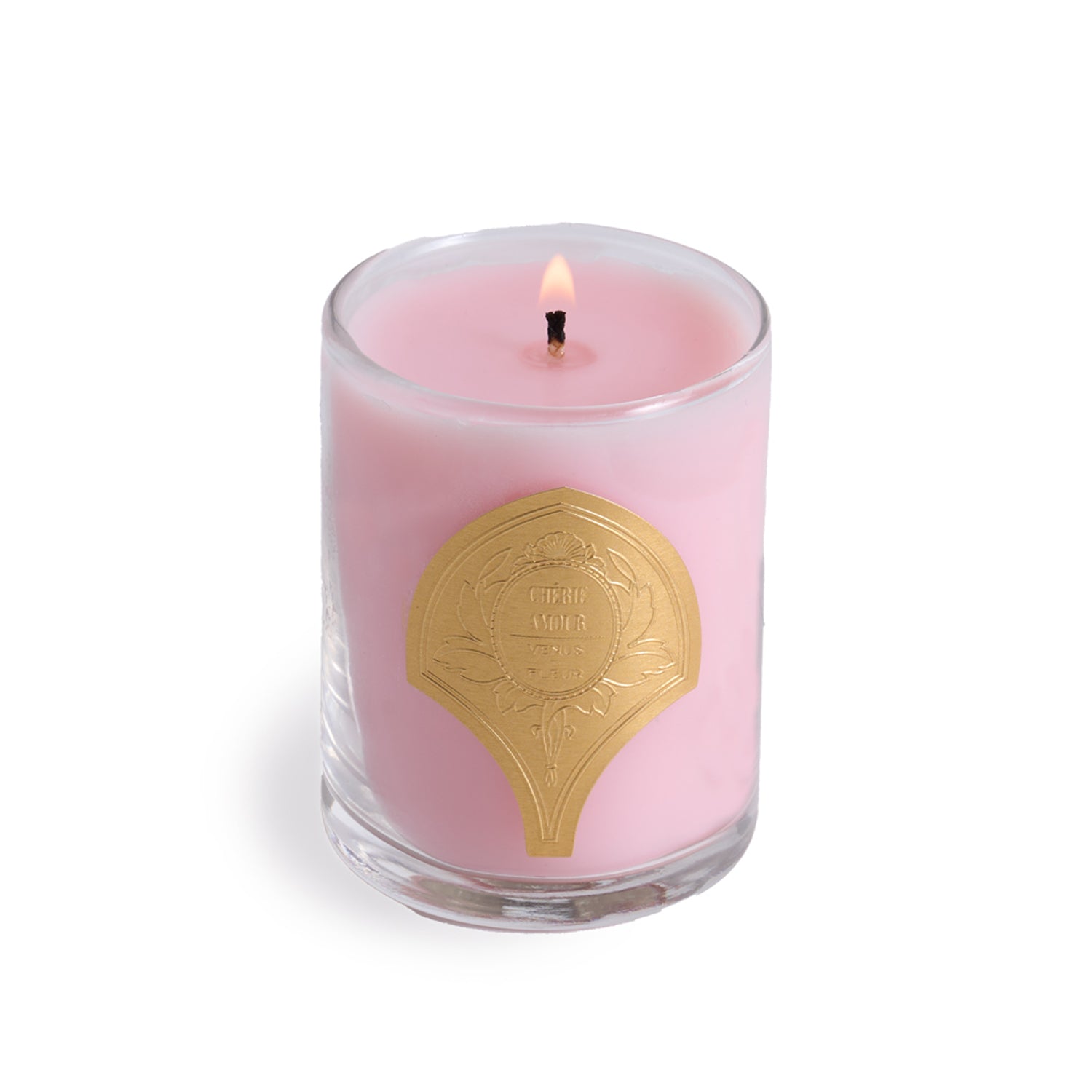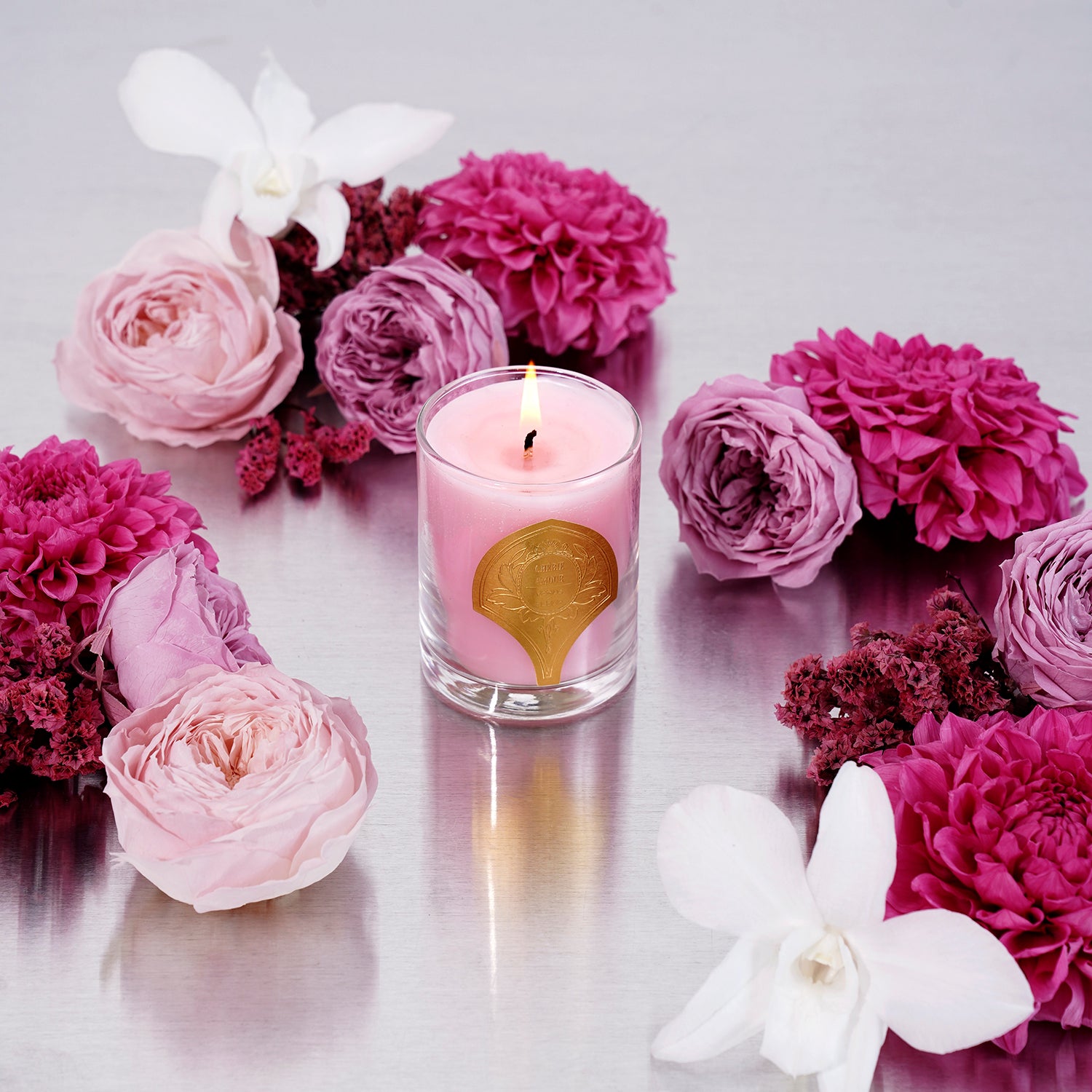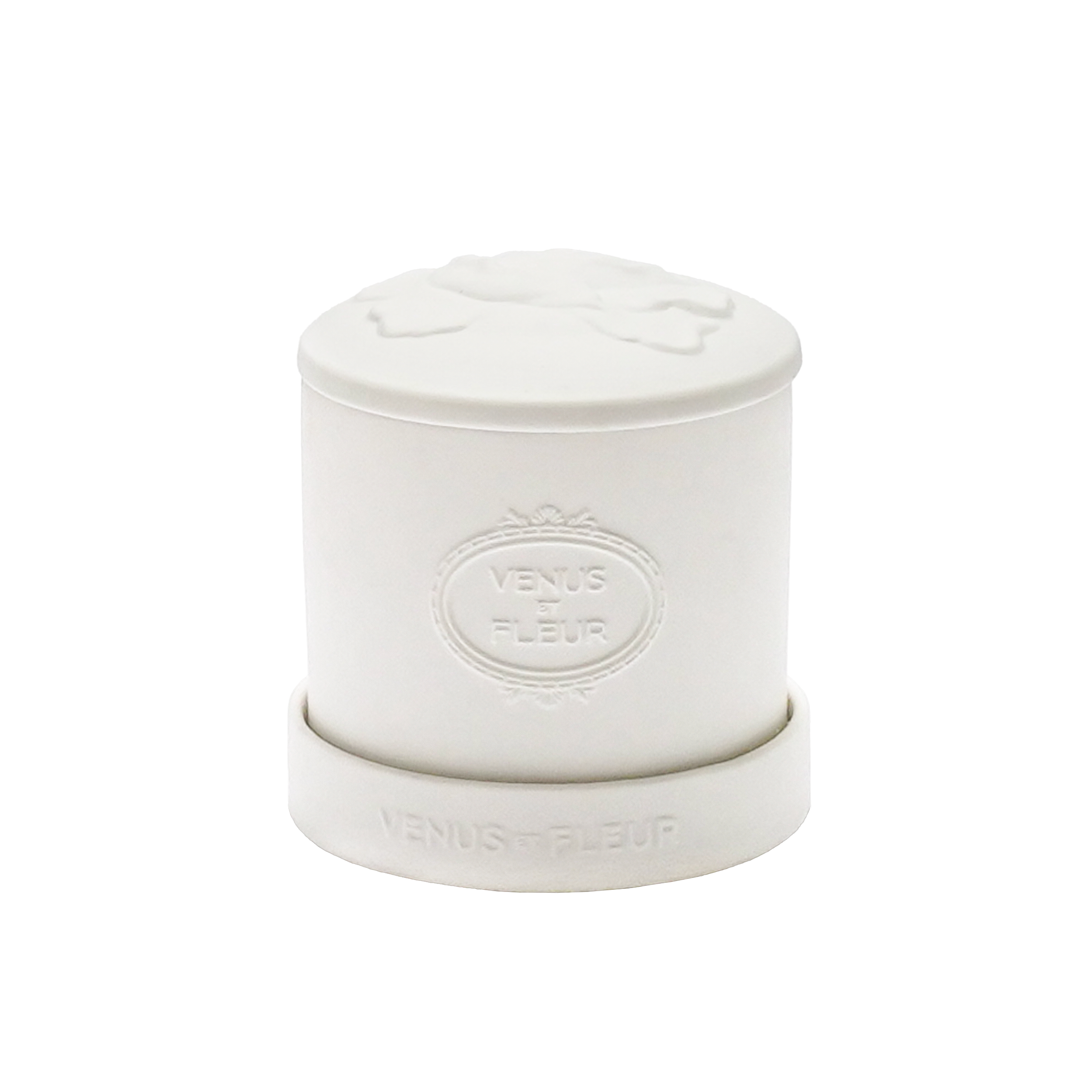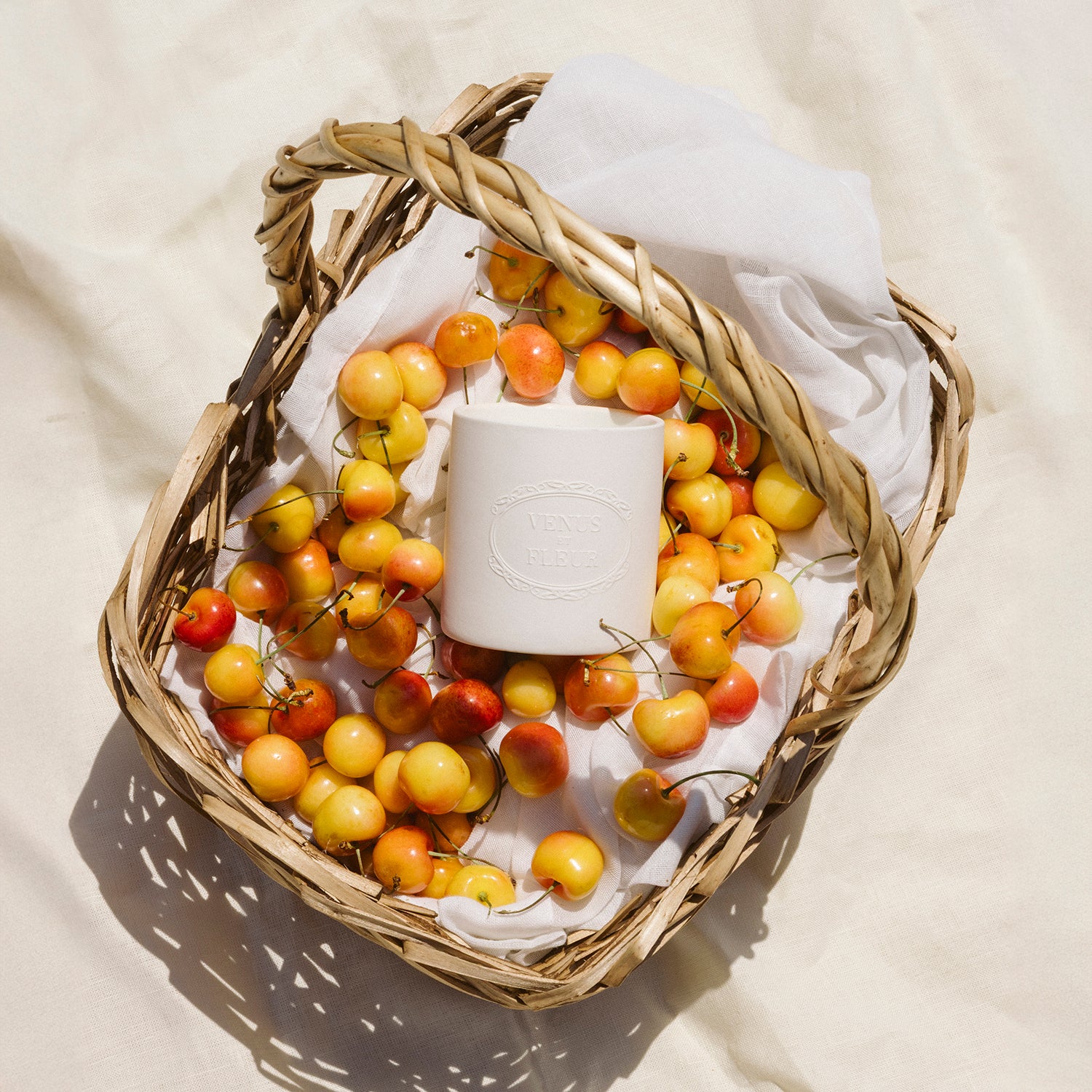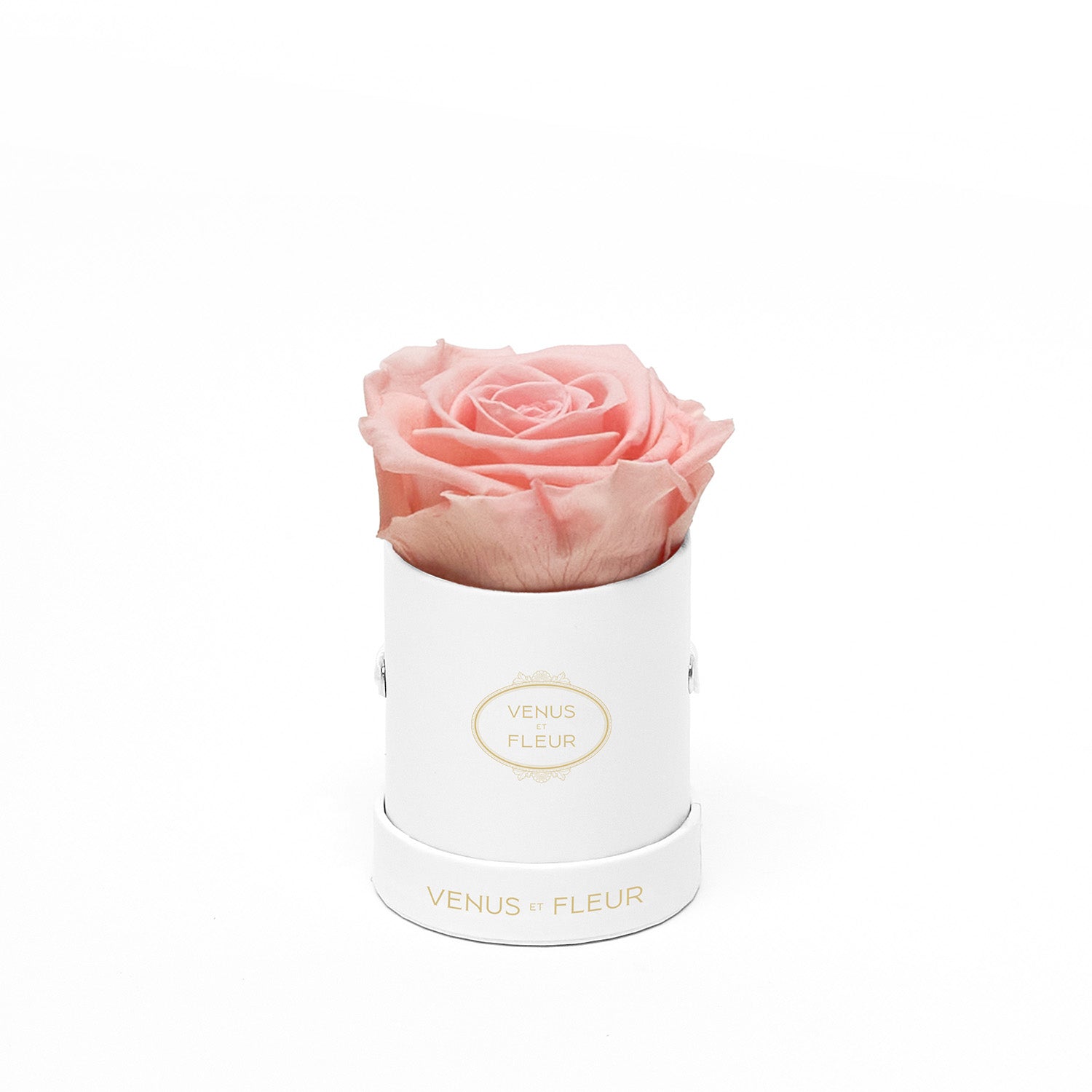
How To Preserve Flowers: Why Keeping Flowers Forever Matters
A fine bouquet of fresh roses is a timeless gift that expresses deep emotion and can be used to mark a number of special occasions. Whether you have been given roses for Valentine’s Day, a birthday, or you purchased them yourself from your local florist, we won’t be surprised if you feel the desire to enjoy those fragrant blooms for longer than their natural lifespan—and you are not alone in this endeavor.
A number of methods exist for the purpose of attempting to preserve flowers in the short- to medium-term, from pressing to drying, and many can be quite fun and effective. This guide will walk you through the most popular methods, as well as presenting some alternatives for those who want that gorgeous rose bouquet to last as long as possible.
Most freshly cut roses will last up to one week if tended properly. The most frequent error made in this regard is forgetting to cut the stems before placing them in a vase. If you cut roses and do not put them in water, last for a few hours at best.
Making Those Fresh Roses Last Longer
So you want to get the most out of your fresh rose bouquet and keep it looking lively and beautiful. To do this, you will need to take gentle and practiced care of the flowers. Here are a few helpful tips:
First, using a pair of garden shears or a clean, sharp knife, cut one a couple inches off the bottom of the stems at a diagonal angle. This will result in the optimal absorption of water while in the vase. Take care you do not use a blunt knife, as this may damage the cells of the flower and inhibit water absorption. You’ll want to do this every couple of days, so make sure you don’t cut them too short too soon. By following these steps properly, your roses may last up to a full week.
To prevent your rose bouquet from drying too quickly, keep those blooms away from direct sunlight and sources of heat such as a heater or radiator. Too many open windows or running fans nearby may cause your roses to dehydrate prematurely. Also, take care not to put those roses too close to a bowl of fresh fruit! Ripening fruits and vegetables release ethylene gas, which accelerates the wilting process.
Don’t forget to prune the leaves. Removing the submerged leaves will prevent bacterial rot, which will inhibit water absorption, and being wary of loose leaves that fall into the water will also help those blooms last longer.
Longer-Term Preservation Methods
Perhaps the most popular method for increasing the lifespan of rose blooms is drying. There are a number of fun and different ways to dry your flowers, such as;
Hanging them Upside-Down
Tying your bouquet with a string and leaving it hanging in a dry and well-ventilated area will have your flowers dried-out in short order. While this will diminish their size and splendor to some degree, it can be worth it to have those precious blooms preserved for weeks to come.
Popping Them in the Microwave
Microwaving petals is quite a simple matter. One simply has to wrap them in a paper towel, put them in a microwave oven for approximately three minutes. Depending on the petals and the oven, it may be needed to eyeball some additional time, but once they are fully dried, store those petals in an airtight container.
Sanding
One lesser-known method involves collecting sand from the beach—any kind will do. All you do is submerge those roses in the sand and wait for all the moisture to be sucked out. This will dry them out as well as any other method.
The Air-Dry Method
To use this method, simply pluck the petals from your bloom, place them onto a tray and transfer them to the outside so that they’re sitting in direct sunlight. This process may have to be repeated until the petals are entirely dried out for proper storage.
Resin Preservation
One alternative to drying your flowers is coating them in a preservative adhesive such as Epoxy Resin, which is a common chemical agent found in adhesives and paintings. This material can be used to coat your rose petals and locks out moisture, preserving their appearance for long after their natural shelf life. This technique is a common practice for artists who utilize real roses for artwork and furniture—the reason for this is that, because the resin sets permanently, it is best to keep the petals in a container or canvas, as they will not move or yield as they did before being treated.
Pressing
Another very popular method of flower preservation is pressing. By plucking out the petals and carefully placing them in a heavy book, one simply has to close the pages on the petals and firmly set a heavy object on top of the book (so as to keep the petals pressed down). In a few weeks, your petals will have flattened, dried out, and will remain intact for weeks afterward.
Shortcomings of Home Preservation
As you have probably noted by now, as delightful and versatile as these various preservation methods are, they generally involve the plucking-apart, shrinking, or otherwise diminishing the hue and integrity of those gorgeous blooms. What’s more, these methods cannot ensure the petals last for more than a couple of weeks, after which the petals will begin to feel slimy to the touch (and should, needless to say, be discarded immediately).
Real Roses That Last a Year from Venus ET Fleur®
If the shortcomings of various home preservation methods don’t meet your wants or needs for long-lasting flowers, you are not the first to find yourself in this unique predicament. Venus ET Fleur was founded as a result of this exact situation, resulting in a magnificent invention born out of a love story: the Eternity® Rose.
At Venus ET Fleur, we pride ourselves on our Eternity Roses, which are full of that wonderful fragrance that you love so much about roses, which, best of all, allow you to enjoy it for months on end. They’re made from 100% real roses cultivated in the rose fields of Ecuador. Each natural rose flower is carefully cultivated until it reaches a full bloom. Our roses enjoy natural light year-round due to their close proximity to the equator.
From there, each rose is treated with a formula made from non-toxic and non-allergenic wax, as well as natural oils. As a result of this dynamic and innovative process, our Eternity Roses will last a year or more with proper care, allowing you to enjoy their beauty month after month.
This preservation technique opens a world of possibilities for floral design—take the understated, minimal elegance embodied in a piece like the Le Clair Grand Un, which features a splendid gardenia preserved according to the same process as our Eternity Roses. Not only a sophisticated accent piece, this arrangement carries the same natural, decadent fragrance one would hope for and expect from the gardenia flower. All one has to do is open the lid of this flower’s crystal-clear lucite case to enjoy this rich aroma.
For a more traditional but no less elegant display of long-lasting floral beauty, take a look at this piece from our Maison Collection, which features four classic Eternity Roses ensconced within a charming porcelain vessel. This wonderful arrangement does equal justice to a desk or dining display and is available in a dazzling spectrum of different colors.
Final Remarks
Preserving flowers can be a delightful at-home craft, enjoyed with family, friends. We hope you can learn from and put to use some of the methods described above, particularly when gifted with a stunning floral bouquet that demands a life longer than it’s been organically prescribed. But if you wish to give the gift of a rose that will truly last, then the choice is clear—our Eternity Roses represent the most advanced preservative methods available without sacrificing one parcel of the flower’s natural beauty or aroma.
We are still striving to find a way to make your precious flowers last forever, but until that day comes, Eternity Roses from Venus ET Fleur represent your best hope for a long-lasting flower arrangement.
Sources:
https://cottagelife.com/design-diy/how-do-i-preserve-the-colour-in-my-pressed-flowers/

